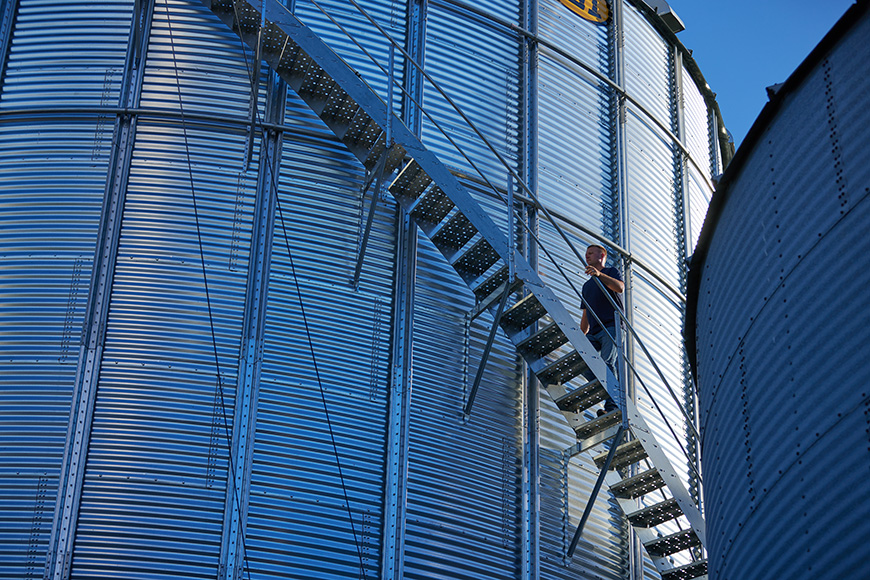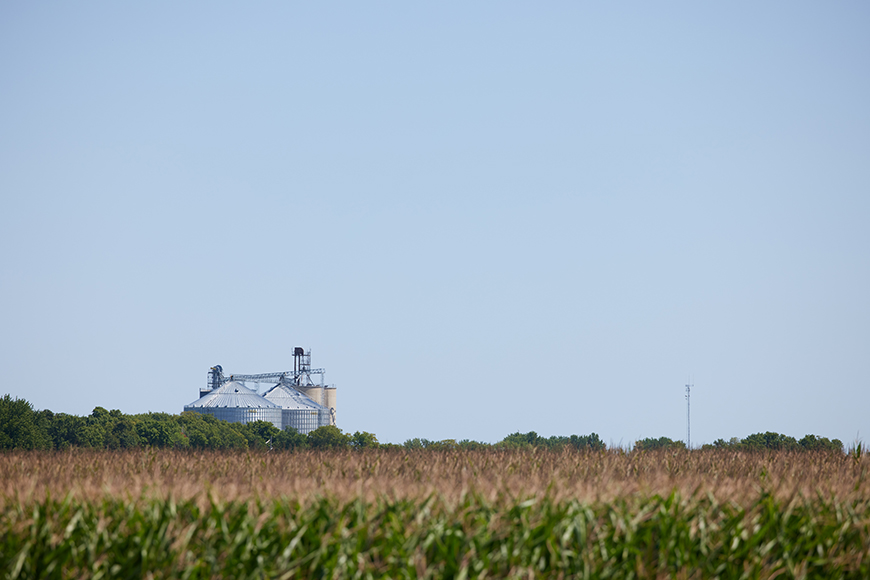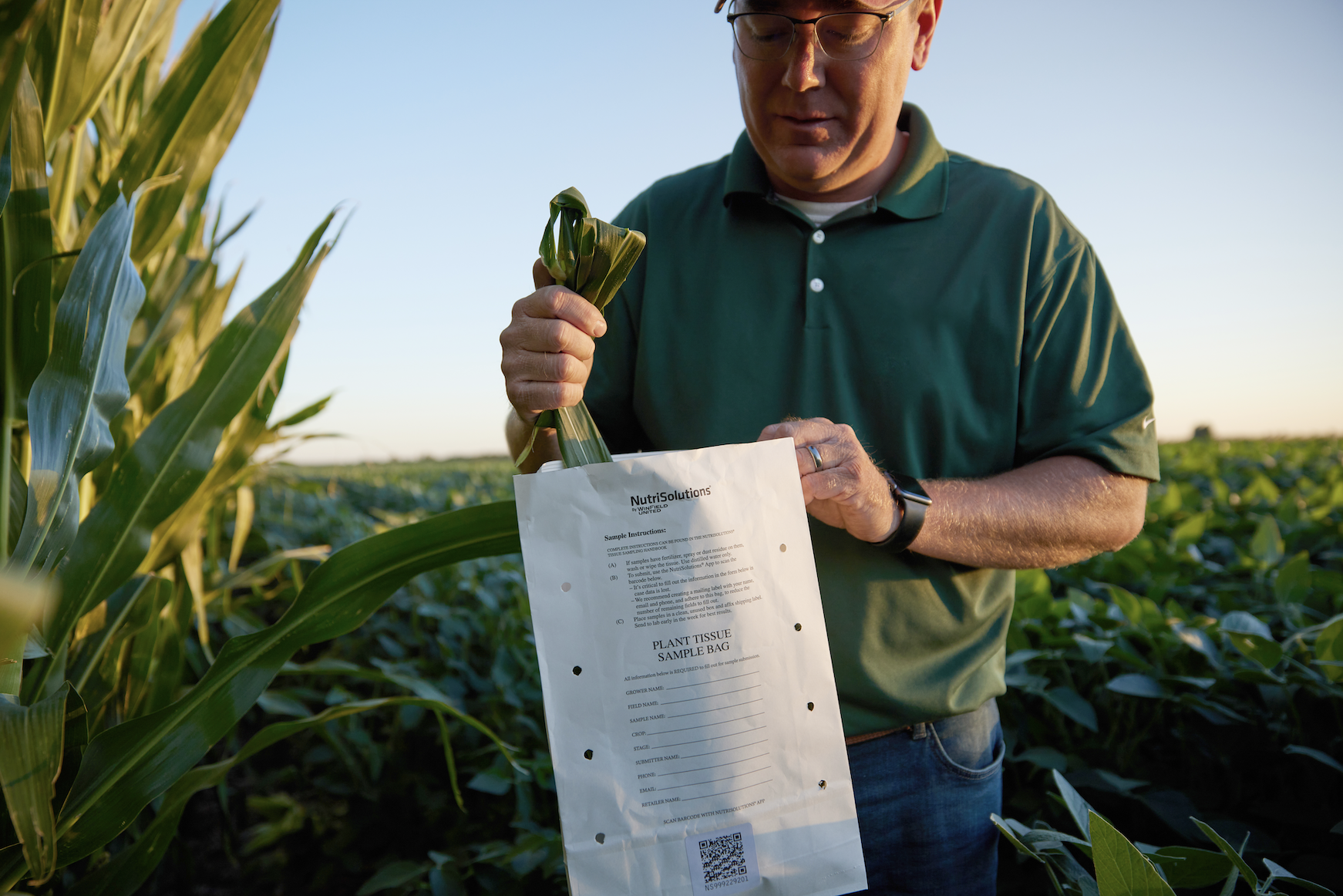Fertilizer Prices Are Skyrocketing. What Should You Do?

Before we dig into nutrient-specific strategies, it’s important to note that, regardless of cost, all nutrient removal rates need to be replaced to a sufficient level. The best way to do this is to use data from yield maps to determine removal rates and work with your agronomist to determine baseline applications that can still help you reach high yields.
Phosphorus (P) Fertilizer Strategies
P is one guilty culprit in this high-price situation but it’s not one to skimp on. P is the most unavailable nutrient to the plant’s roots so anything you can do to promote uptake is advantageous. If you usually use a build-up approach to soil fertility, this may be a year you take a break from applying excess levels. Reap the benefits of the years you’ve dedicated to building the nutrient concentration in your soils, and focus on applying the amount prescribed by your soil tests and crop removal.Since you may not be applying more than you need, it’s critical to make sure the P you do apply is available to the plant. Consider a product like AVAIL® T5 fertilizer enhancer, which makes P uptake more efficient for your plants, resulting in up to 45% more P being accessible to crops, and helping to drive greater ROI potential.
Nitrogen (N) Fertilizer Strategies
N is another essential input that’s probably taking a bite out of your balance sheet. While it’s still critically important to feed your corn crop the N it needs, you can help protect your investment by using N stabilizers, which help N stay available longer for the plant.For fall applications, products like N-Serve® or Instinct® are popular choices that inhibit nitrification and help the N stay put. NutriSphere-N®, AGROTAIN® and ANVOL® are common options for spring applications that help prevent the loss of N in different forms.
In most years, a sidedress N application helps optimize nitrogen use efficiency (NUE). Now, with skyrocketed N prices, it may be time to consider an N stabilizer so you can be sure to keep N at a sufficient rate and ensure that it’s available to the crop for as long as possible.
Potassium (K) Strategies
Rumor has it, potash shortages could lie ahead in 2022. But there is a potash shortage every year. Regardless of the market, due to the many soil and root limitations, your corn plants rarely have enough K.Like P and N, keep K levels sufficient in 2022 and look for ways to optimize your investment. The new MAX-IN® K foliar application from WinField® United is a great way to get K to the plant in-season when it needs it most, which may help supplement potash needs. You can take tissue samples to identify areas where MAX-IN K could be needed, or you can use yield zones to identify high-yield areas you know will use up a lot of K and will likely be in need at tasseling.
Other Tools in the Toolbox
Each macronutrient needs a management plan, but there are also strategies you can use to help support the overall health and nutrition of your crops.- In-Furrow Products: Plant growth regulators (PGR) applied in-furrow like Ascend® Pro can help promote root growth so plants can explore more soil and extract more nutrients. Ascend Pro PGR can also lead to bigger stalks, giving the plant more room to store the nutrients they take up.
- Foliar Zinc: According to tissue test data, zinc applied through a foliar application around V5-V8 in corn can lead to increased N, K and sulfur uptake and presence in the plant. MAX-IN® Zinc micronutrient is a foliar-applied source of zinc that can help maximize leaf and vascular growth as well as root development. MAX-IN Ultra ZMB® is another foliar micronutrient option that contains zinc, as well as manganese and boron.
- Variable-Rate Technology: Get more specific with your fertilizer placement and put your investment only where it’s needed with variable-rate applications. Variable-rate prescriptions can be developed based on soil or tissue test data, yield mapping, in-season imagery, or a forecasting tool so work with your agronomist to determine the right method for your operation.
All photos are either the property of WinField United or used with permission.
© 2021 WinField United. Important: Before use always read and follow label instructions. Crop performance is dependent on several factors many of which are beyond the control of WinField United, including without limitation, soil type, pest pressures, agronomic practices and weather conditions. Growers are encouraged to consider data from multiple locations, over multiple years and to be mindful of how such agronomic conditions could impact results. Ascend, MAX-IN and WinField are trademarks of WinField United. All other trademarks are the property of their respective owners.





